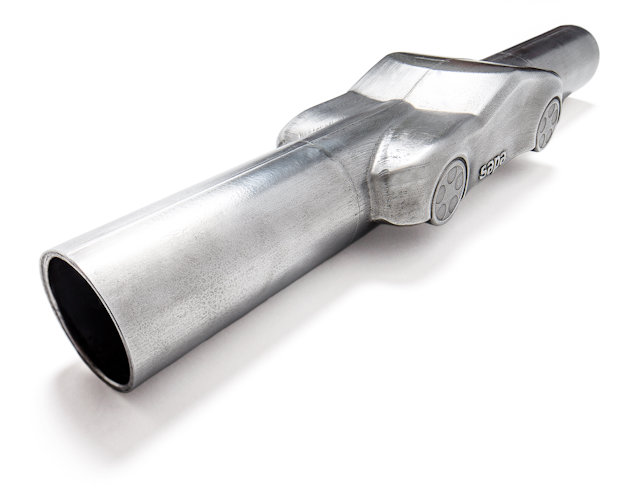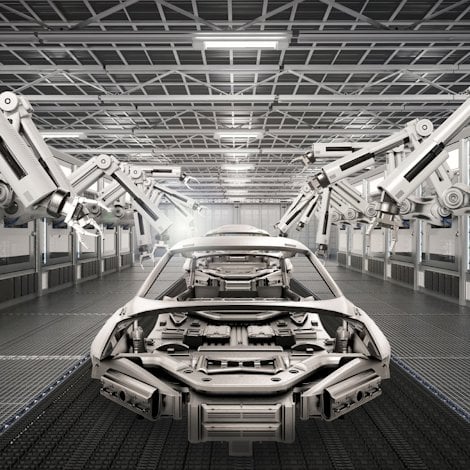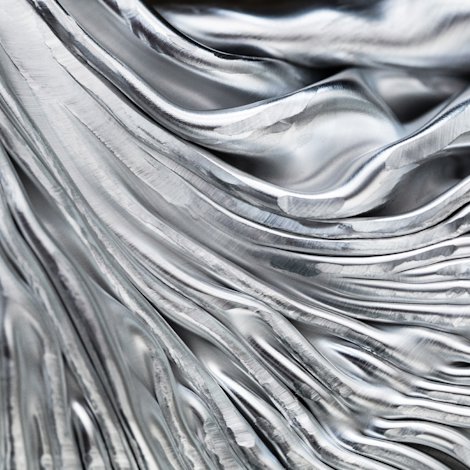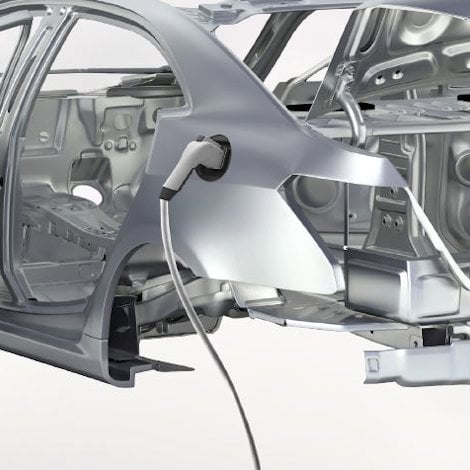Hot metal gas forming of aluminium for automotive
When you need a hollow aluminium profile, such as for bigger structural parts that combine functions, hot metal gas forming might be your manufacturing solution. You get complexity as well as light weight.
Hot metal gas forming (HMGF) is not a new manufacturing process. But not many carmakers have shown the technology.
The process goes like this: You heat the extruded tube in a furnace, then place it in a forming tool, which is heated to a well-controlled high temperature, and close the tool. The shape is filled with high internal gas pressure (no safety gases are needed). The tools and the metal are heated, not the gas. Then you begin the forming process.
The basic issues are forming and springback, compared to steel. These are complex parts – a front splitter beam, for example – and HMGF can solve the issues. There are similarities to hydroforming, but we can expand a fair deal more. Achieving up to 60 percent expansion is simple, higher is possible but more complex.
Replacing several parts with one aluminium component
By forming at elevated temperatures, you can replace several components in one single piece. You get more complexity than cast aluminium or hydroformed aluminium.
And by utilizing smart geometries, you can increase stiffness in areas. An open sheet stamping doesn’t normally give the same multi-dimensional stiffness as a hollow profile solution, especially if you give it a three-dimensional shape.

Increased strength in A-pillars and B-pillars
A lot of factors are involved in making this process work. You need to consider chemistry, microstructure, billets, tool design, die design, extruded tubes, surface treatment. You need an aluminium alloy that is easy to stretch in hot conditions, that can keep its strength.
Good simulation is key, because above all, you need to be sure the part is going to work in the forming process as well as in service.
When you need a hollow aluminium profile, such as for bigger structural parts that combine functions, HMGF might be the solution. The potential is 400-500 MPa in strength, which is useful in A-pillars and B-pillars, such as in the front half of cars.








